Museum makes public centuries of secret glassmaking techniques through new online resource
Enameled Goblet, about 1500, Venice, Italy. Overall H: 16.2 cm; Rim Diam: 8.2 cm; Foot Diam: 10.1 cm. Accession Number: 79.3.185. Bequest of Jerome Strauss. The Corning Museum of Glass.
CORNING, NY.- The Corning Museum of Glass has released its first-ever scholarly electronic resource, The Techniques of Renaissance Venetian Glassworking by artist and scholar, William Gudenrath. A culmination of a lifetime of research, this digital resource details the techniques used to make glass on Murano, Venice’s historic glassmaking island, between about 1500 and 1700, a period known as “the golden age of Venetian glass.” Through 360-degree photography and high-definition video, complete reconstructions of Venetian glassmaking techniques unknown for centuries are now revealed.
Goblet with Inner Blue Ball, 1500-1699, Venice, Italy. Overall H: 15.9 cm; Rim Diam: 10.3 cm. Accession Number: 79.3.1128. Bequest of Jerome Strauss. The Corning Museum of Glass.
It is a widely-held belief that Venetian techniques represent the pinnacle of difficulty in glassblowing. Studio glass artists have long studied Venetian glassblowing methods in an effort to develop and refine their skills, even if their work bears no relation to Venetian glass of any period. Not well known, however, is how Venetian objects of the Renaissance were made, as the Venetian government carefully kept secret the processes behind the technically-confounding glass coming out of Murano.
Wineglass with Kuttrolf Stem, 1600-1699, Venice, Italy. H: 15.6 cm, D(rim): 9.5 cm, (foot): 8.5 cm. Accession Number: 79.3.1892. Gift of The Ruth Bryan Strauss Memorial Foundation. The Corning Museum of Glass.
“With the publication of this work, The Corning Museum of Glass has enabled lovers of Renaissance Venetian glass, whenever they reside or whatever their level of interest, to appreciate this material more deeply through the technical observations the work contains,” said Karol Wight, president and executive director of The Corning Museum of Glass. “Bill’s years of research and celebrated teaching methods come together in this electronic resource, an engaging and exciting way to further our mission to tell the world about glass.”
Dragon-stem Goblet, 1630-1670, Venice, Italy. Overall H: 26.2 cm; Rim Diam: 7.7 cm; Foot Diam: 10.2 cm. Accession Number: 51.3.178. The Corning Museum of Glass.
Gudenrath is a glassblower, scholar, lecturer, teacher, and resident advisor at The Studio of The Corning Museum of Glass. He has devoted decades to the careful study of historical glassworking methods, with a strong emphasis on Venetian glass objects of the 16th-18th centuries, spending countless hours at his own glassblowing furnace attempting to recreate telling features noted in original objects.
Lidded Goblet with Aqua Chain, 1675-1725, Venice, Italy. Overall H: 29.6 cm, Goblet H: 19.7 cm, Diam (rim): 9.2 cm, Diam (foot): 9.5 cm. Gift of Rudolf von Strasser. Accession Number: 84.3.239. The Corning Museum of Glass.
“This is my investigation into the probable working practices of some of the most skilled artisans of all time: the glassblowers of Renaissance Venice,” said Gudenrath, who presents more than 40 narrated demonstration videos in the electronic resource, illustrating the recreation of 25 “key objects” in The Corning Museum of Glass collection, as well as 10 additional techniques. “With no detailed contemporaneous descriptions of the maestros’ working methods, the objects alone must tell the story of how they were made.”
Aspersorium, 1600-1699, Venice, Italy. Overall H: 11.4 cm, W: 16.8 cm, D: 13.9 cm. Accession Number: 2000.3.5. The Corning Museum of Glass.
Gudenrath has been teaching classes in Venetian glassmaking techniques to eager students at The Studio of The Corning Museum of Glass for years. This year—the 20th anniversary of The Studio he and his wife, Amy Schwartz, started in 1996—he’s excited to share this new resource with his students.
“I envision this resource being a big help in teaching both the fundamentals and extremely advanced procedures to the many dedicated students of glassblowing in the Venetian style,” said Gudenrath.
Gudenrath will present a lecture-video demo based on this electronic resource at this year’s Glass Art Society conference, which will be held June 9-11 in Corning.
Dragon-stem Goblet, 1630-1670, Venice, Italy. Overall H: 26.2 cm; Rim Diam: 7.7 cm; Foot Diam: 10.2 cm. Accession Number: 51.3.118. The Corning Museum of Glass.
As part of an ongoing effort to make the collection more digitally accessible, The Corning Museum of Glass chose to release The Techniques of Renaissance Venetian Glassworking as a free, updatable electronic resource, full of rich content meant to inform the research of scholars, inspire artists, and captivate the curious public.
“Scholars of glass reside around the world, as do the collections of Venetian glass,” said Scott Sayre, chief digital officer of The Corning Museum of Glass. “We want to make this knowledge available to the broadest possible audience by making it an easily accessed digital resource.”
Tazza, 1600-1699, Venice, Italy. Overall H: 17.4 cm; Rim Diam: 16.9 cm; Foot Diam: 10.6 cm. Gift of The Ruth Bryan Strauss Memorial Foundation. Accession Number: 79.3.453. The Corning Museum of Glass.
Three-bubble Cup with Pineapple Dip Molding, about 1660, Venice, Italy. Overall H: 12.1 cm, Diam (rim): 8.7 cm; Diam (foot): 8 cm. Gift of Peter Wain. Accession Number: 86.3.106. The Corning Museum of Glass.
Enameled Bowl, 1500-1525, Venice, Italy. Overall H: 5.2 cm; Rim Diam: 14.3 cm. Accession Number: 60.3.2. The Corning Museum of Glass.
Enameled Tazza, 1500-1550, Venice, Italy. Overall H: 7.2 cm; Rim Diam: 26.4 cm; Foot Diam: 12.1 cm. Accession Number: 51.3.117. The Corning Museum of Glass.
Footed Bowl with Filigrana, 1500-1699, Venice, Italy. Overall H: 13.8 cm. Accession Number: 64.3.6. The Corning Museum of Glass.
Ampollina, 1600 – 1725, Venice, Italy. Overall H: 13.6 cm; rim diam: 4.9 cm; foot diam: 5.4cm. Accession Number: 51.3.257a. The Corning Museum of Glass.
Three-bubble Goblet with Filigrana, 1520-1600, Venice, Italy. Overall H: 17.6 cm; Rim Diam: 10.3 cm; Foot Diam: 8.5 cm. Gift of Jerome Strauss. Accession Number: 68.3.64. The Corning Museum of Glass.
Reticello Lidded Bottle, 1675-1725, Venice, Italy. Overall H: 16.2 cm; (a) Bottle H: 13.9 cm, Diam (max): 4.9 cm; (b) Lid H: 4.6 cm, Diam (max): 4.3 cm. Accession Number: 63.3.4. The Corning Museum of Glass.
Reticello Platter, probably 1575-1725, Venice, Italy. Overall H: 3.2 cm, Diam (max): 33.9 cm. Accession Number: 60.3.57. The Corning Museum of Glass.
Spoon, 1600-1699, Venice, Italy. Overall H: 22.1 cm, W: 4.4 cm. Gift of George D. MacBeth. Accession Number: 50.3.73. The Corning Museum of Glass.
Beaker with Chalcedony Glass and Aventurine, probably 1670-1730, Venice, Italy. Overall H: 8 cm; Rim Diam: 7.4 cm. Gift of Jerome Strauss. Accession Number: 70.3.31. The Corning Museum of Glass.
Millefiori Ball, silver made 1600-1699; glass made about 1500, Venice, Italy. Overall H: 6.6 cm, Diam (max): 5.1 cm. Gift of Jerome Strauss. Accession Number: 2004.3.44. The Corning Museum of Glass.
Reliquary, 1700-1799, Venice, Italy. Overall H: 13.5 cm; Foot Diam: 4.4 cm. Accession Number: 2009.3.97. The Corning Museum of Glass.
Reliquary, 1700-1799, Venice, Italy. Overall H: 12.3 cm; Foot Diam: 4.4 cm. Accession Number: 2009.3.96. The Corning Museum of Glass.
Wineglass with Coin in Stem, 1676-1689, Venice, Italy. Overall H: 15 cm; Rim Diam: 7.4 cm; Foot Diam: 9 cm. Gift of The Ruth Bryan Strauss Memorial Foundation. Accession Number: 79.3.459. The Corning Museum of Glass.
Simple Flared Wineglass, 1575-1599, Venice, Italy. Overall H: 15.6 cm; Foot Diam: 8.7 cm. Gift of The Ruth Bryan Strauss Memorial Foundation. Accession Number: 2009.3.85. The Corning Museum of Glass.
Classic Flared Wineglass, about 1550-1600, Venice, Italy. Overall H: 17.6 cm; Rim Diam: 14.6 cm; Foot Diam: 8 cm. Gift of The Ruth Bryan Strauss Memorial Foundation. Accession Number: 61.3.135. The Corning Museum of Glass.
Goblet Made from Three Bubbles, 1600-1699, Venice, Italy. Overall H: 13 cm, D (rim): 7.9 cm, D (foot): 7.5 cm. Bequest of Jerome Strauss. Accession Number: 79.3.693. The Corning Museum of Glass.

/https%3A%2F%2Fprofilepics.canalblog.com%2Fprofilepics%2F1%2F0%2F100183.jpg)
/https%3A%2F%2Fstorage.canalblog.com%2F03%2F02%2F119589%2F96711876_o.jpg)
/https%3A%2F%2Fstorage.canalblog.com%2F11%2F31%2F119589%2F94773502_o.jpg)
/https%3A%2F%2Fstorage.canalblog.com%2F20%2F83%2F119589%2F94772815_o.jpg)
/https%3A%2F%2Fstorage.canalblog.com%2F26%2F72%2F119589%2F75604929_o.jpg)
/https%3A%2F%2Fstorage.canalblog.com%2F59%2F60%2F119589%2F26458628_o.jpg)


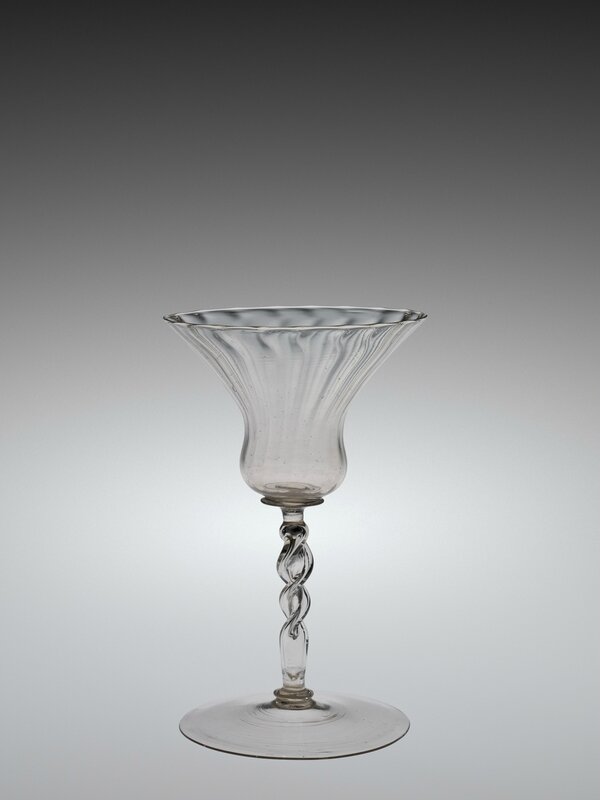
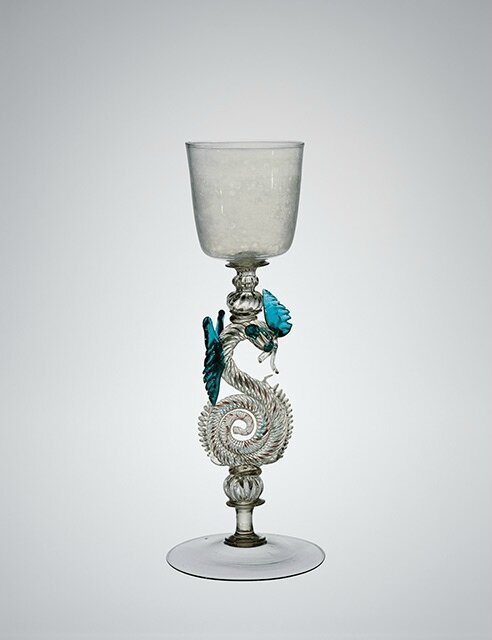
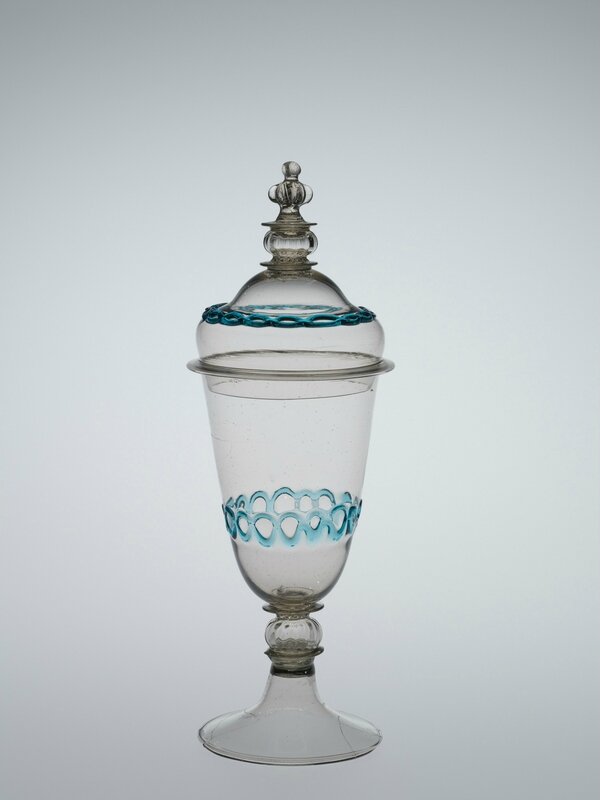

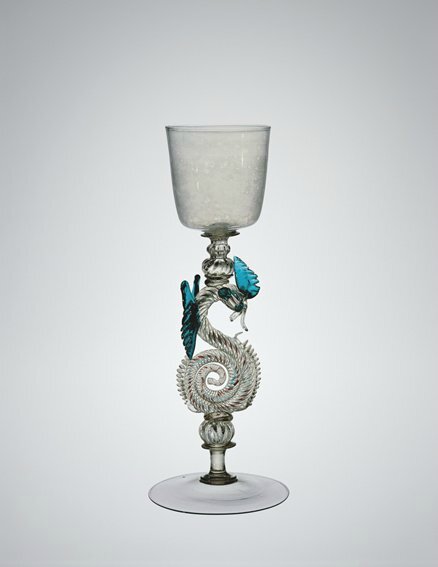

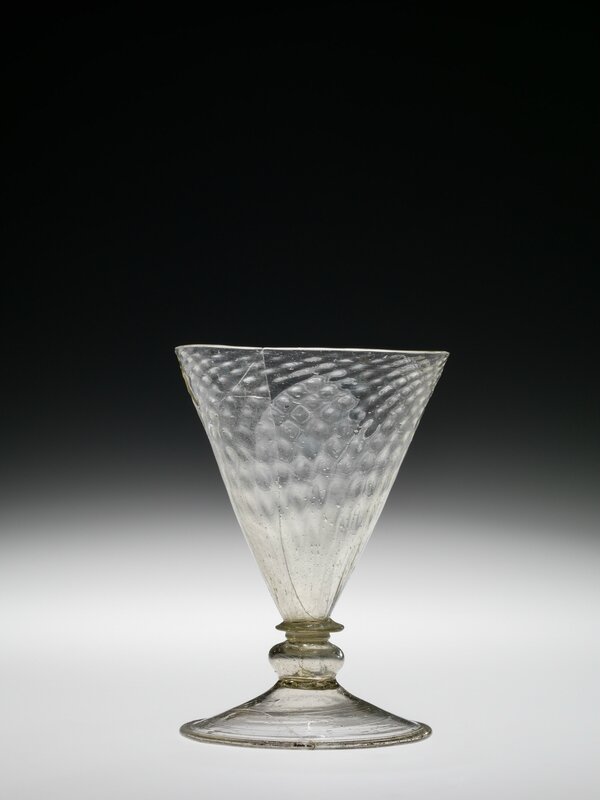



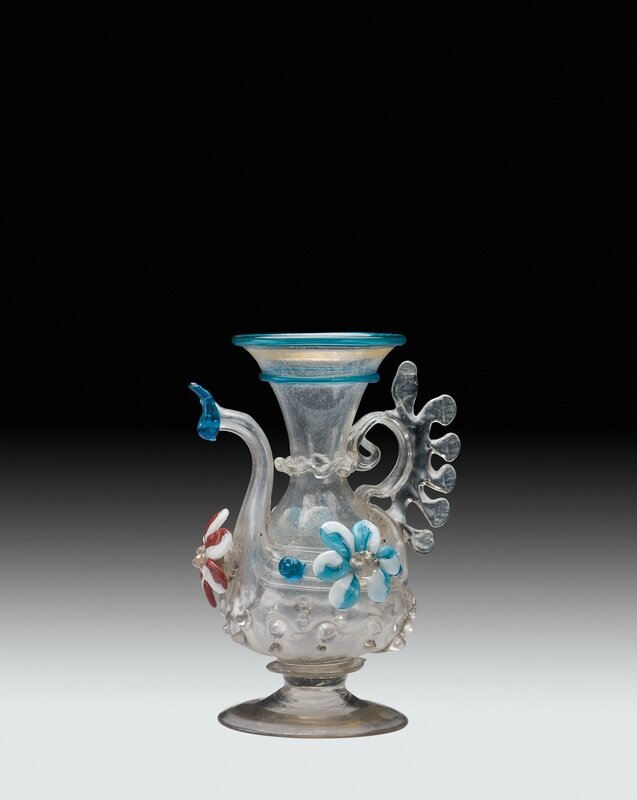

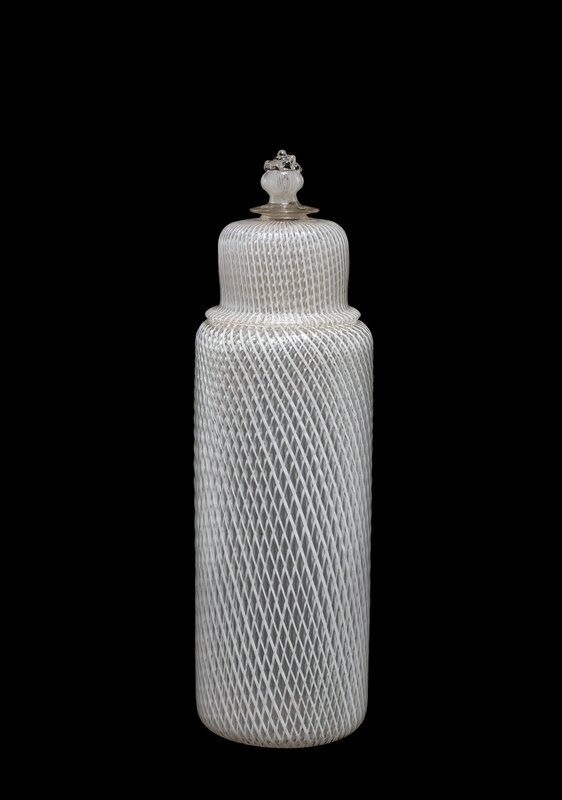




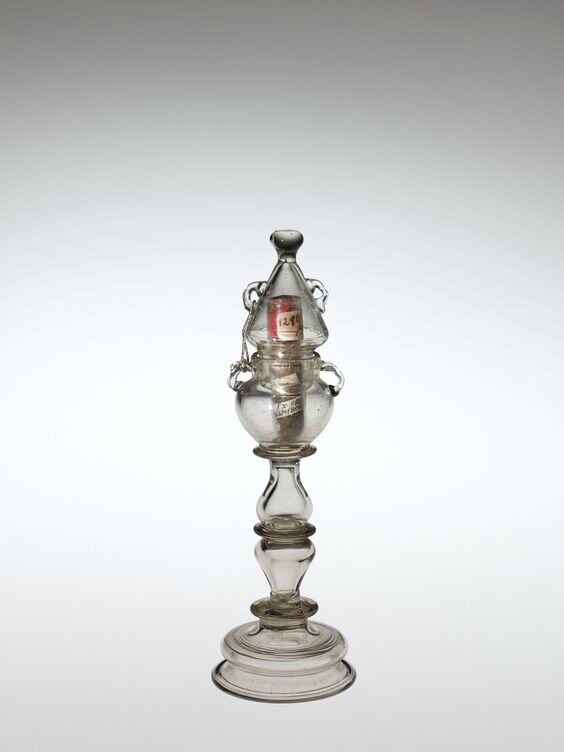







/http%3A%2F%2Fstorage.canalblog.com%2F93%2F12%2F119589%2F122358776_o.jpg)
/http%3A%2F%2Fstorage.canalblog.com%2F30%2F95%2F119589%2F115510984_o.jpg)
/http%3A%2F%2Fstorage.canalblog.com%2F38%2F91%2F119589%2F112085312_o.jpg)
/http%3A%2F%2Fstorage.canalblog.com%2F57%2F05%2F119589%2F111930948_o.jpg)